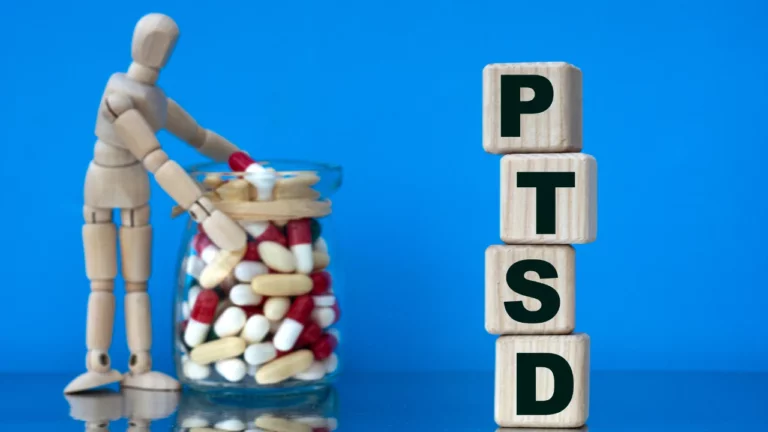Although it may not be apparent, the world is currently undergoing the Fourth Industrial Revolution. This is mainly due to the technological breakthroughs in recent years across various fields. The development of IoT, often known as the Internet of Things, is one of the most fundamental pillars of this revolution.
What is the Internet of Things (IoT)?
Internet of Things is the concept of using sensors, integrated systems, and cloud computing[1] to digitally connect all kinds of devices. Almost every industry is starting to reap the benefits of IoT-based technologies, from self-driving automobiles, smartphones, smart fire alarms, and door locks to autonomous industrial robots.
Given the global events of the last two years, it’s no surprise that healthcare has been massively integrating IoT into its systems. IoT in the medical sector (Internet of Medical Things or IoMT for short) is drastically reducing the gap between health care providers and patients. It is now potentially changing how we deal with daily lives, from fitness bands to health trackers to the rise of telehealth and remote patient monitoring. With its continuous usage, IoMT market is now expected to reach $332.67 billion[2] by 2027.
Internet of Medical Things (IoMT) can revolutionize healthcare in 3 ways:
1. Providing Convenience for Patients & Providers
It has been several years now that the United States healthcare model has been shifting away from the hospital’s four walls and toward a more patient-centric one. With the increasing popularity of telehealth devices, COVID-19 has clearly advanced this trend. Healthcare IoT devices allow practitioners to get patient data without the concerns associated with bringing large groups of potentially contagious people together.
IoMT’s potential uses go beyond the COVID-19 pandemic response. IoMTs, through remote patient monitoring, allow doctors to conveniently examine, diagnose, and treat more significant numbers of patients, as well as expand healthcare into areas where physical access to doctors or hospitals is difficult. There will be a lot more data and data sources as the healthcare ecosystem continues to grow, making it difficult for health system data and analytics capabilities to traverse and generate insights from across these various data sources and datasets.
2. Timely intervention with improved access
Remote patient monitoring gave rise to interconnected glucose meters, blood pressure devices, heart rate monitors, and pulse oximeters. Initially utilized for chronic disease management, the need emerged to cater to COVID-19 infected patients. As a result, RPM has been expanding and revolutionizing workflows in hospice care, ICU step-downs, glucose monitoring, acute disease monitoring, and behavioral health monitoring.
More interconnected devices from insulin pumps, wheelchairs, defibrillators, and oxygen pumps are being developed. To this day, a variety of Internet of Things devices are now available, allowing patients to move around as they like while still having their vital signs monitored on a continual basis. Improved access to real-time data will provide early intervention opportunities and better management of diseases. In addition, with improvements in IoMT, data-driven decision-making will become more accurate as more data is studied.
3. Ensuring Safety from Cybersecurity Attacks
While the patient provides medical data to the health care provider, it may remain unclear how many other individuals will have access to it in addition to the physician. As a result, it has the potential to result in data slipping into the wrong hands, resulting in an invasion of data privacy. On top of that, as the number of internet-connected gadgets grows exponentially, so does the number of ways unauthorized individuals can hack our technology, as IoT can become gateways to access sensitive data. Adapting clear policies focusing on cybersecurity[3] helps health companies ensure safety from malicious attacks.
DrKumo can Help
With COVID-19, the Internet of Things (IoT) revolution in healthcare is accelerating. Using remote patient monitoring, we now have the ability to make insights more accurate, consistent, transparent, and accessible to enhance data-driven decision-making via remote patient monitoring.
IoT developers are working to maintain the security of patient data by resolving critical security vulnerabilities as they arise. Due to the fact that remote patient monitoring devices generate data that is considered protected health information under the HIPAA, NIST, NCCoE, PPT, and Industry-best Security Standards, DrKumo is the best remote patient monitoring platform for addressing security concerns.
Conclusion
With the expected growth in the number of Internet of Things devices by 2022, the utility of IoT in healthcare will inevitably increase exponentially. As a result, health care providers and patients will enjoy the convenience of RPM technology. And, because RPM technology can send, store, and retrieve user-input data. IoT-based solutions will increase efficiency, allowing healthcare practitioners to perform timely intervention as soon as it is required without experiencing any downtime. The challenge is to keep up with the tides of the Fourth Industrial Revolution by being more open to technology and its potential applications in health care in the years to come.
References:
- Iranpak, S., Shahbahrami, A., & Shakeri, H. (2021). Remote patient monitoring and classifying using the internet of things platform combined with cloud computing. Journal Of Big Data, 8(1). doi: 10.1186/s40537-021-00507-w
- Telugunta, R., Choudhary, S. (2022). Internet of Things (IOT) in Healthcare Market Size, and Growth 2027. Retrieved 4 January 2022, from https://www.alliedmarketresearch.com/iot-healthcare-market
- Kelly, J., Campbell, K., Gong, E., & Scuffham, P. (2020). The Internet of Things: Impact and Implications for Health Care Delivery. Journal Of Medical Internet Research, 22(11), e20135. doi: 10.2196/20135








